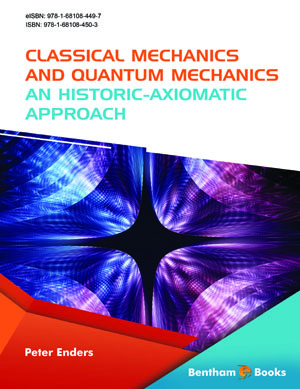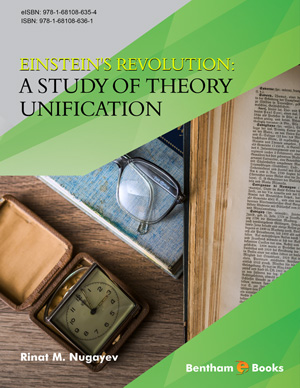Abstract
A numerical analysis is presented of a gravity/superconductor interaction experiment in a suspension balance recently reported in the literature. A central question of the analysis is whether thermal design of the experiment fully exploited the high resolution provided by the balance. For this purpose, we calculate sample temperature evolution, T(x,y,z,t), and the number NSC(t) of volume elements that have completed phase change, under strongly differing heat transfer conditions (radiation, convection and boiling). Experimental equilibrium generation or decay rates, Gexp(t), of electron pairs initiated by propagation of a thermal perturbation, the phonon aspect, are estimated from dNSC(t)/dt using the electron pair equilibrium density, ρEP(T), of this material. The counterpart to the phonon aspect, e.g., non-equilibrium decay rates, GExc(t), the response of the electron system describing the decay of the “product” of the same thermal disturbance, is analyzed using (i) a diffusion model of their propagation in the solid, and (ii) a sequential model with lifetimes estimated from the uncertainty principle and in analogy to the nucleon-nucleon, pionmediated Yukawa interaction. Items (i) and (ii) describe decay of the disturbance in space and time, respectively. A discrepancy appears between Gexp(t) and GExc(t) if the sample is warmed-up solely by radiation, like in the suspension balance experiment. The discrepancy creates dead time intervals large enough to spread out weight vs. time signals that under other experimental conditions (e.g., using large Biot numbers) could be sharply identified, provided a correlation between gravity and superconductivity really exists.
Keywords: Gravitational forces, superconductors, high-Tc superconductors, low-Tc superconductors, Type-II superconductors, normal/superconductor phase transition, thermal perturbations in superconductors, yukawa-like interaction, Heat transfer in superconductors, equilibrium decay rates, nonequilibrium decay rates, phonons and electrons in superconductors, gravity-like fields.


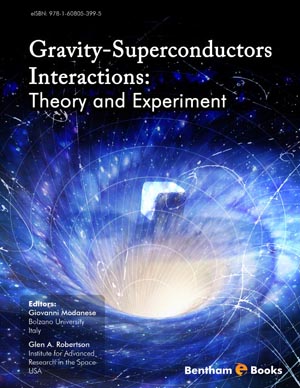


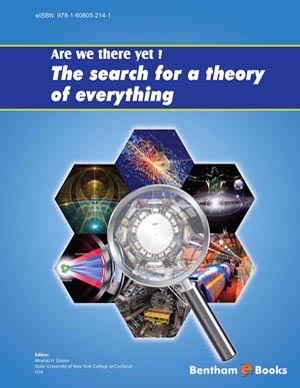

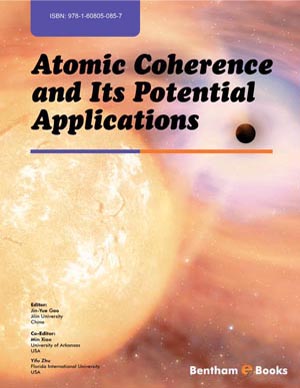
.jpg)
